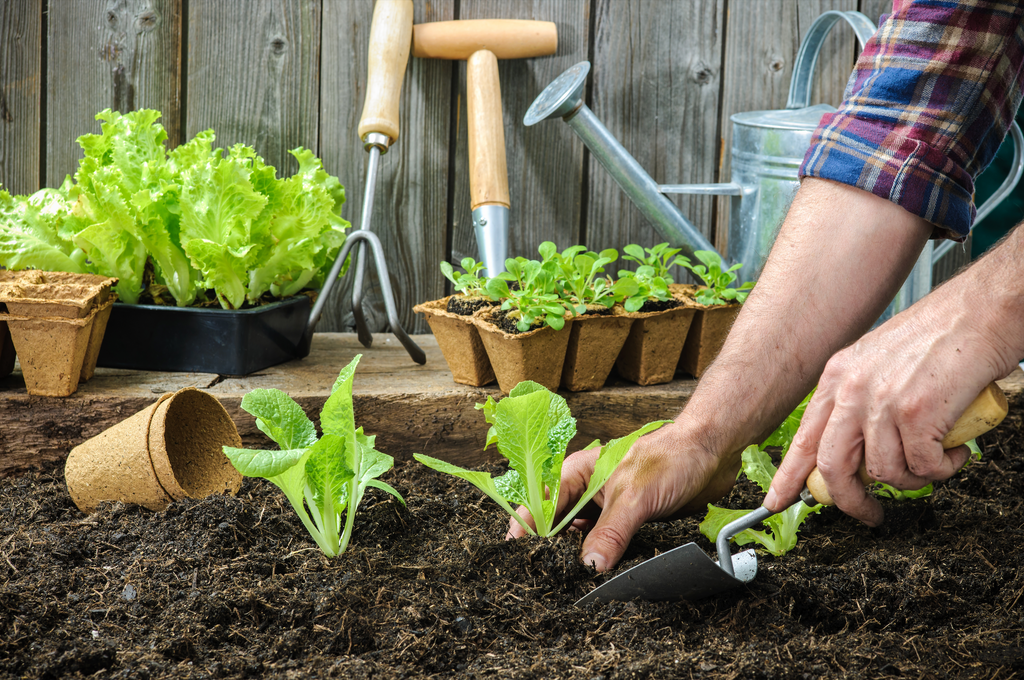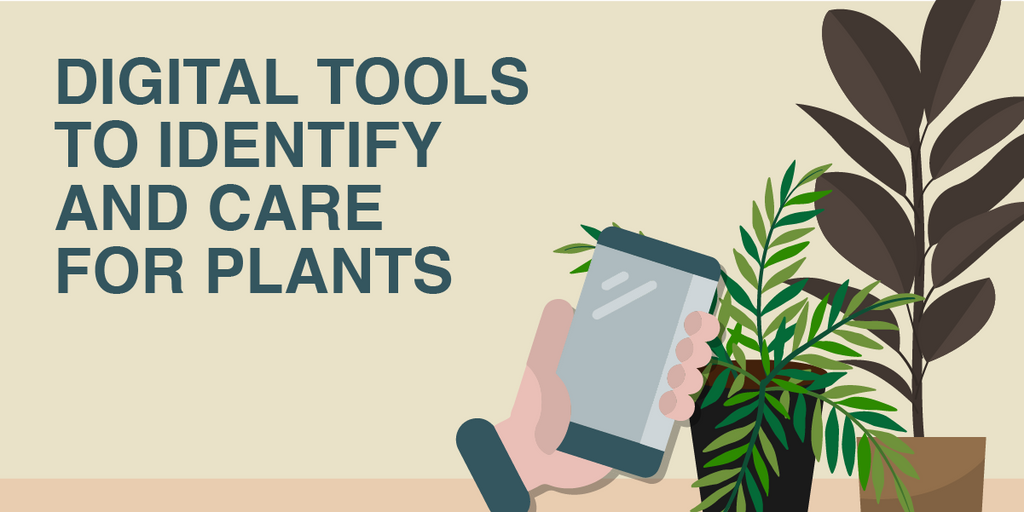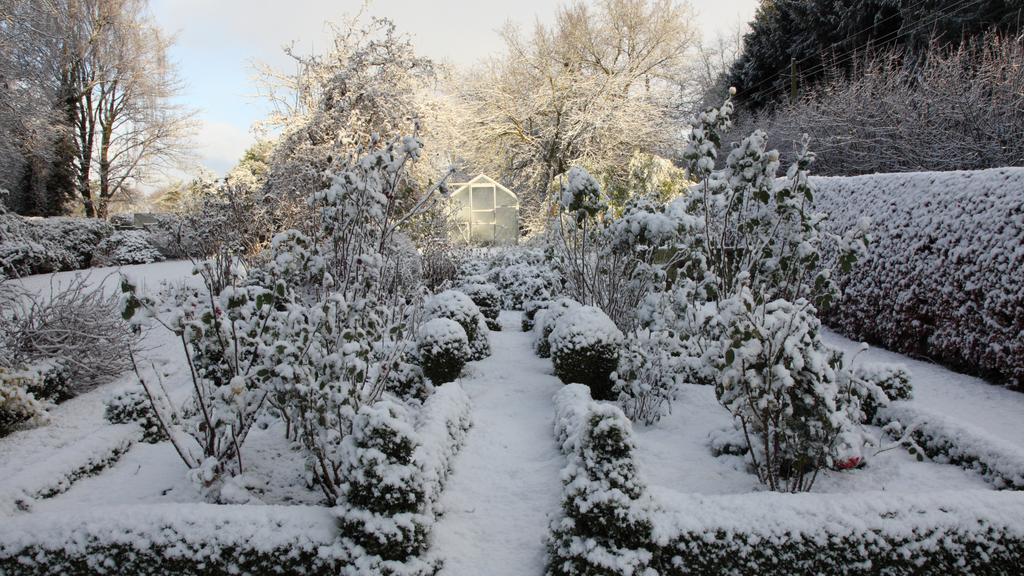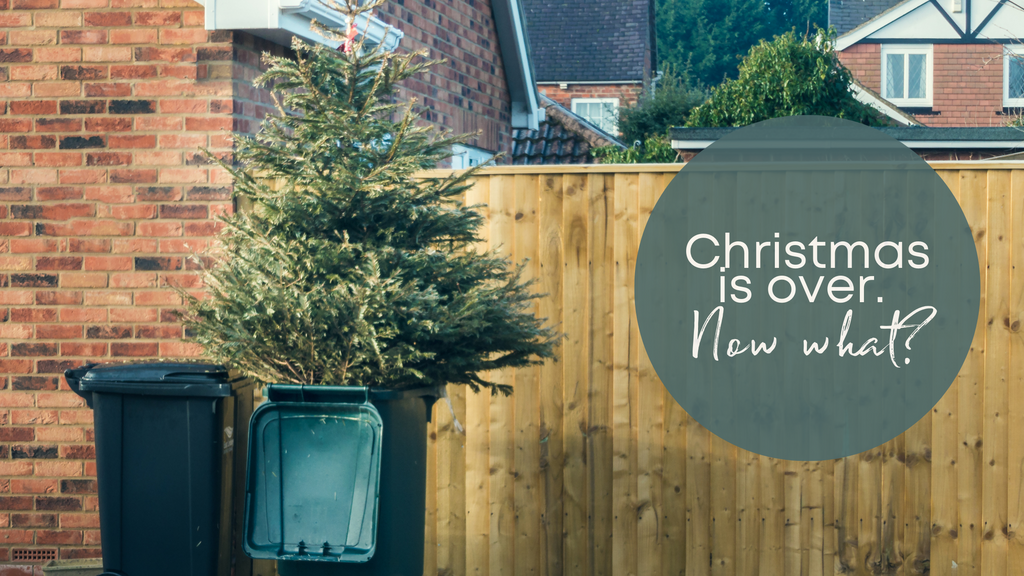
Care Tips for your Fruit Bushes


Nothing is more satisfying than a garden producing sweet, juicy fruit. It has something to do with that fairytale notion of walking through your garden, picking ripe, fresh fruit from your own trees and bushes – ready to be eaten as is or to be used to make something delicious.
Soft fruit trees make great borders and thrive in containers too. Many love growing up against a sunny wall or fence but are just as happy in a patio pot.
When not producing fruit, their scented spring flowers and colourful autumn foliage bring seasonal interest to your green spaces.
Purchasing
UCS Fresh Garden introduced an impressive range of fruit bushes this year, offering varieties of blackberry, blackcurrant, blueberry, gooseberry, raspberry, redcurrant, rhubarb, strawberry and white-currant.
If you missed out, be sure to diarise April next year, when the best quality fruit bushes will be ready for delivery to your door. For new arrivals next spring, keep an eye on our fruit bush collection
Planting
Most soil types are suited to fruit bushes, but the soil should be rich and well-drained. If you have clay soil, dig in lots of organic matter to avoid water-logging. Before planting, loosen the soil and add a handful of fertiliser, and avoid planting the bushes too deep so as not to smother the roots. As with all new plants, keep them well-watered for the first few months until their root systems are established.
Watering
During their first summer, it's vital to provide enough water to your new fruit plantings as they enter the growing season. Water generously if the weather is dry. Throughout the year, water your fruit bushes regularly, as you would the rest of your garden.
Feeding
Apply fertiliser and mulch to fruit trees and bushes each spring before they burst their buds, and you'll be well on your way to a bumper crop of juicy fruit later in summer.
It's nutrient-hungry work to produce a bountiful crop each year, so after weeding, scattering a few handfuls of fertiliser around the bush bases and working it into the soil is the least you can do in return! After that, a good layer of organic mulch will help trap moisture in the soil.
Protecting
Common pests and diseases to look out for include raspberry beetles and gooseberry sawflies, which can be treated with a bug killer spray. Leaf spot and grey mould may occur during the wet season. In case of this, pick off the diseased leaves and stems, and either burn them or dispose of them in household waste instead of in compost bins.
Gooseberries and currants need to be protected with netting against birds in the winter.
Pruning
Pruning seems complicated but isn't. Your fruit bushes will still recover no matter how badly you prune them. Here's a little guidance going in, with answers to frequently asked questions:
- When to prune? When dormant, between October and early March.
- What tools do I need? A good pair of secateurs. You want to be able to make a clean cut without crushing or rearing.
- What happens if I don’t prune? That will result in lower yields as the plant ages.
- What's the most basic pruning I can do? Cut out any four-year-old branches right down to their base. This will vastly increase the productivity of the gooseberry or currant bush in particular.
- Where to cut? Look for any large branches that are crowding the centre of the bush and remove them completely. If the bush is an open shape already, select the oldest branches. You should be able to identify old branches as they are darker in colour and are likely to have peeling bark.
Harvesting
Typically, the best time to harvest British berries is in the summer season running through to late autumn. However, as harvests can change for each fruit, it will depend on what you intend to pick. Strawberries, for example, are ripest in June – when we make a particularly public affair of pairing them with cream.
Special mentions
Strawberries are versatile fruits that thrive in patio containers, hanging baskets, window boxes, or the ground – just make sure you plant them in a sunny position and in well-drained soil.
Raspberry plants are vigorous growers that are happy in raised beds, containers or the ground as long as the soil has good drainage and they get plenty of sun.
Blueberry plants are ideal for growing in containers and look fantastic on the patio. They need moist, acidic soil to thrive, so fill your containers with ericaceous compost and water them with collected rainwater. (Tap water contains lime and reduces the soil acidity over time.)
Gooseberries are one of the easiest berries to grow as they need very little maintenance beyond occasional watering during fruiting. If you have a shady and unproductive corner of your garden, fill it with gooseberries to make good use of the space.
Blackberries are delicious fruits that grow in sun or shade and don't need much attention to produce a bountiful crop of dark, glossy fruits. The sweet berries can be harvested between June and September.
Currant plants are fairly cold tolerant, making them a great choice for growing in Northern gardens. Expect to see a crop from your bushes in June, July and August.
Soft fruits are partly so popular because of their key role in many recipes. From smoothies, juices and fruit salads to preserves, cakes and decoration toppers – berries and currants are versatile little nuggets of joy.







